“From the city of the most beautiful girls/of Fernet and the beer/and nights without end/Soy Cordobes/and I travel without Id/because I have the accent of Córdoba Capitaaaaaaaaaal.”
– Rodrigo
It is Córdoba’s most famous musical export, Rodrigo, who best summed up the city in his ode Soy Cordobes – ‘I’m from Córdoba’. Rodrigo, a kind of Argentine Robbie Williams (when he was big), sadly died in a car accident about 10 years ago, but his legacy endures.
In the song, he wrote about his hometown’s reputation for, well, the party. “Mondays we have to relax for all we have danced/because on Tuesday we’re going out again/You’re going to have to clean your shoes, because we’re going somewhere”.
Mention to anyone from Buenos Aires you’re going to Córdoba and they’ll make a drinking notion with their hand, and usually a sound like ‘wa-hey’. They like to PARTY – just have a look at that YouTube clip above.
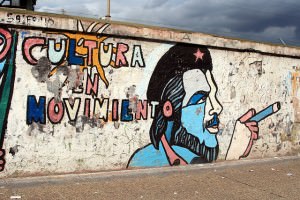
Street art in Cordoba – Photograph by Carlos Adampol
Córdoba is located 700 kilometres north west of Buenos Aires, in almost the geographical centre of Argentina. It’s a city of more than a million people – the second largest in the country, and just about everyone you meet loves the city and loves the people. Cordobeses have a reputation, as we have seen, as being fun loving, something that is compounded by their accents, which, to Argentines, have an amusing song regardless of what they are saying. It probably accounts for the disproportionate number of comedians from the city. People from Córdoba are like the Irish (in a stereotypical sense, at least): they love to party, they talk funny and they actually are funny. But what of the city itself?
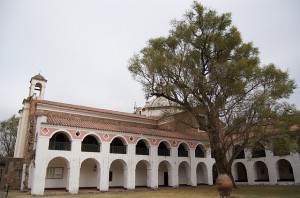
Estancia Jesus Maria – Photograph by Beatrice Murch
Tourists who long for a bit of Argentina travel will often jump on the comfy coaches directly to Salta or Jujuy often overlook Córdoba. It has none of the immediate attractions of the shift to Andean culture in the north, the wine of Mendoza or the scenery of Patagonia. It’s a large, modern city with some colonial monuments and buildings. The main attraction is the Jesuit City Block – Manzana Jesuítica, which was declared a world heritage site in 2000. The remains of the Jesuit presence is all over the north west of Argentina. Arriving in the late 1500s, they befriended (OK, it wasn’t all that friendly) the local population and built vast towns, unlike anything the locals had ever seen. The remains, especially around Iguazu Falls, are being reclaimed by the jungle – perfect for indulging those Indiana Jones tendencies.
In the provincial capital of Córdoba, things are much better preserved, including the country’s oldest university, the forth oldest in the Americas. Indeed, partly the reason for its hedonistic reputation is the amount of students in the city. In 1767, the Jesuits lost favour with the King of Spain, who expelled them from the country. When independence was declared in Buenos Aires in 1810, Cordobeses were distinctly unimpressed, remaining loyal to the king for a few years longer. During the early 1900s, the pattern of the city, with its wide boulevards and green spaces, became defined. It even had a tram back in 1909.
Today, the city is notably relaxed after the chaos of Buenos Aires. People here, like in much of provincial Argentina, will linger over a long lunch with wine in one of the city’s parrillas (steak houses) such as Faustino (Paseo del Buen Pastor, Av. Hipólito Yrigoyen 349, www.faustinoparrilla.com) or the proudly Córdoban La Nieta’e La Pancha (Belgrano 783). Kid goat, a speciality in the area, is excellent here.
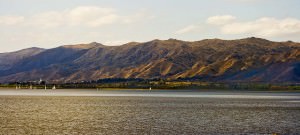
Cordoban Sierras – Photograph by Carlos Marro
Yet many travel to Córdoba not for the city itself, but its environs. The rolling hills, the green forests, tall sierras and quaint towns make the province of Córdoba a stunning destination. No wonder the aristocratic families flocked to the area during the 19th and early 20th centuries. They built Argentina’s grandest estancias (Jackie O stayed in one of them for a 20 day retreat back in the 1960s), many of which are now open to visitors. Whether you want the ultimate relaxation, or an extreme adventure, Córdoba’s natural landscape can provide it. Córdoba’s estancias are an ideal place to immerse yourself in the Argentine countryside traditions: indulge in an asado surrounded by nature and fresh air, or enjoy a day of spas and pampering, followed by a glass of wine on the veranda watching one of the sunsets the sierras are famed for. There’s also fly-fishing in the clear rivers, horse riding, or more adrenalin-pumping sports such as paragliding or mountain biking.
The best-known place for activities and sports is La Cumbre, a small town with high aspirations. Here you’ll find centres offering all manner of outdoor activities, while nearby Cosquín is famed around the world for its huge folk festival held in January.
Yet, if it all seems a little too quiet, then return to the city and follow the sound of cuarteto – Córdoba’s own music, which Rodrigo updated and exported to every club and bar in Argentina. Like the people, it’s upbeat and designed for one reason: to dance with the opposite sex. And that makes Córdoba a very fun place indeed.

Daniel Neilson

Latest posts by Daniel Neilson (see all)
- RUN BA RUN - July 12, 2016
- A Beginners Guide to Football Teams in Buenos Aires - September 10, 2014
- Argentina Hit Their Stride in World Cup 2014 - June 26, 2014

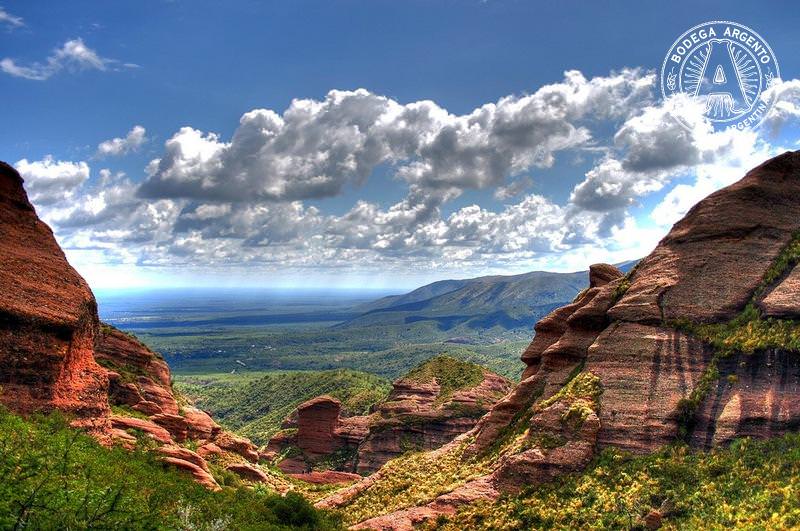
 Argentinean breakfast: tostadas and medialunas
Argentinean breakfast: tostadas and medialunas  Regional Rules: A Guide to Argentina’s Varied Cuisine
Regional Rules: A Guide to Argentina’s Varied Cuisine 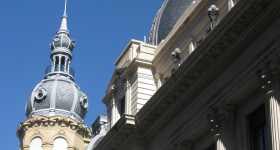 Six of the (second) Best: Argentina’s Underrated Destinations
Six of the (second) Best: Argentina’s Underrated Destinations 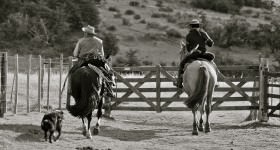 Estancias: Ranch Holidays in Argentina
Estancias: Ranch Holidays in Argentina 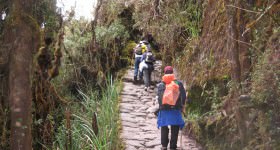 Gap Year Travel in Argentina and Beyond
Gap Year Travel in Argentina and Beyond 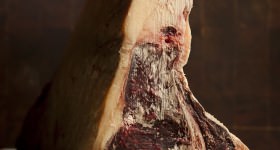 WHAT’S THE BEEF? OUR INSIDER’S GUIDE ON THE BEST CUTS TO ORDER AND WHERE IN BUENOS AIRES
WHAT’S THE BEEF? OUR INSIDER’S GUIDE ON THE BEST CUTS TO ORDER AND WHERE IN BUENOS AIRES  Ice and Easy: Cruising from Argentina to Antarctica
Ice and Easy: Cruising from Argentina to Antarctica 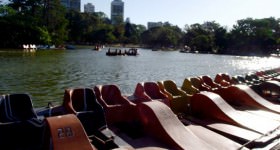 Barrio Palermo: A Guide to Buenos Aires’ Hippest Neighbourhood
Barrio Palermo: A Guide to Buenos Aires’ Hippest Neighbourhood  Argentine National Dishes: Parrilla
Argentine National Dishes: Parrilla  Discover the Art of Butchery in Argentina
Discover the Art of Butchery in Argentina 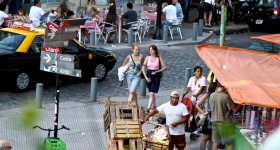 How to Act Like a Local in Buenos Aires
How to Act Like a Local in Buenos Aires  The Foodie Shopping Guide to Buenos Aires
The Foodie Shopping Guide to Buenos Aires
Yeah – my short experience of Argentina focused on working in Cordoba. I had no expectations – no idea what to expect, but the city, the people and the Sierra were fantastic. I wrote a blog about it a while back – see http://alanpmillsuk.wordpress.com/2014/03/04/argentina-hasty-preparations-and-logistics/